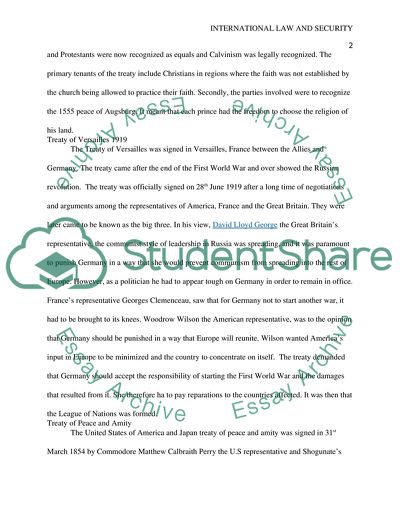Cite this document
(The Treaty of Westphalia, Versailles and Peace and Amity Literature review, n.d.)
The Treaty of Westphalia, Versailles and Peace and Amity Literature review. https://studentshare.org/law/1863899-international-law-and-security
The Treaty of Westphalia, Versailles and Peace and Amity Literature review. https://studentshare.org/law/1863899-international-law-and-security
(The Treaty of Westphalia, Versailles and Peace and Amity Literature Review)
The Treaty of Westphalia, Versailles and Peace and Amity Literature Review. https://studentshare.org/law/1863899-international-law-and-security.
The Treaty of Westphalia, Versailles and Peace and Amity Literature Review. https://studentshare.org/law/1863899-international-law-and-security.
“The Treaty of Westphalia, Versailles and Peace and Amity Literature Review”. https://studentshare.org/law/1863899-international-law-and-security.


